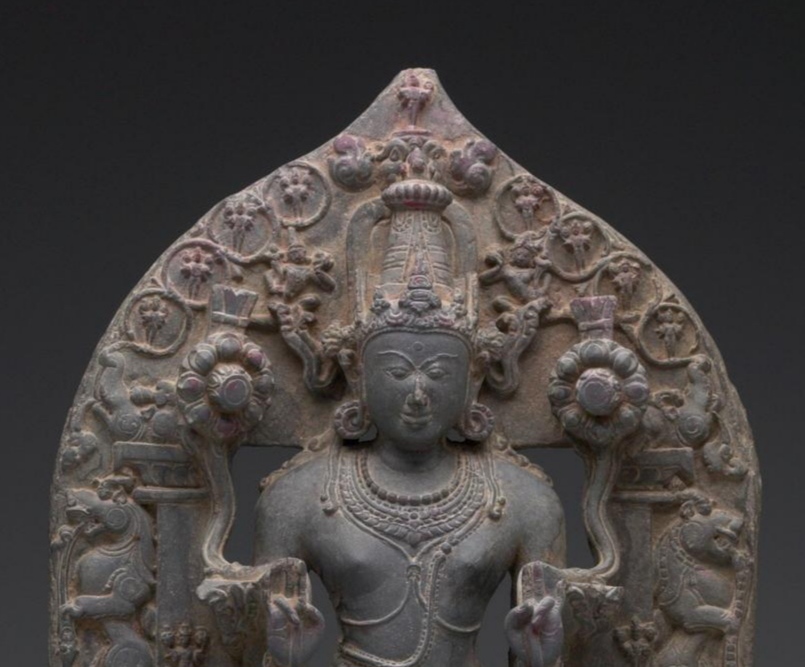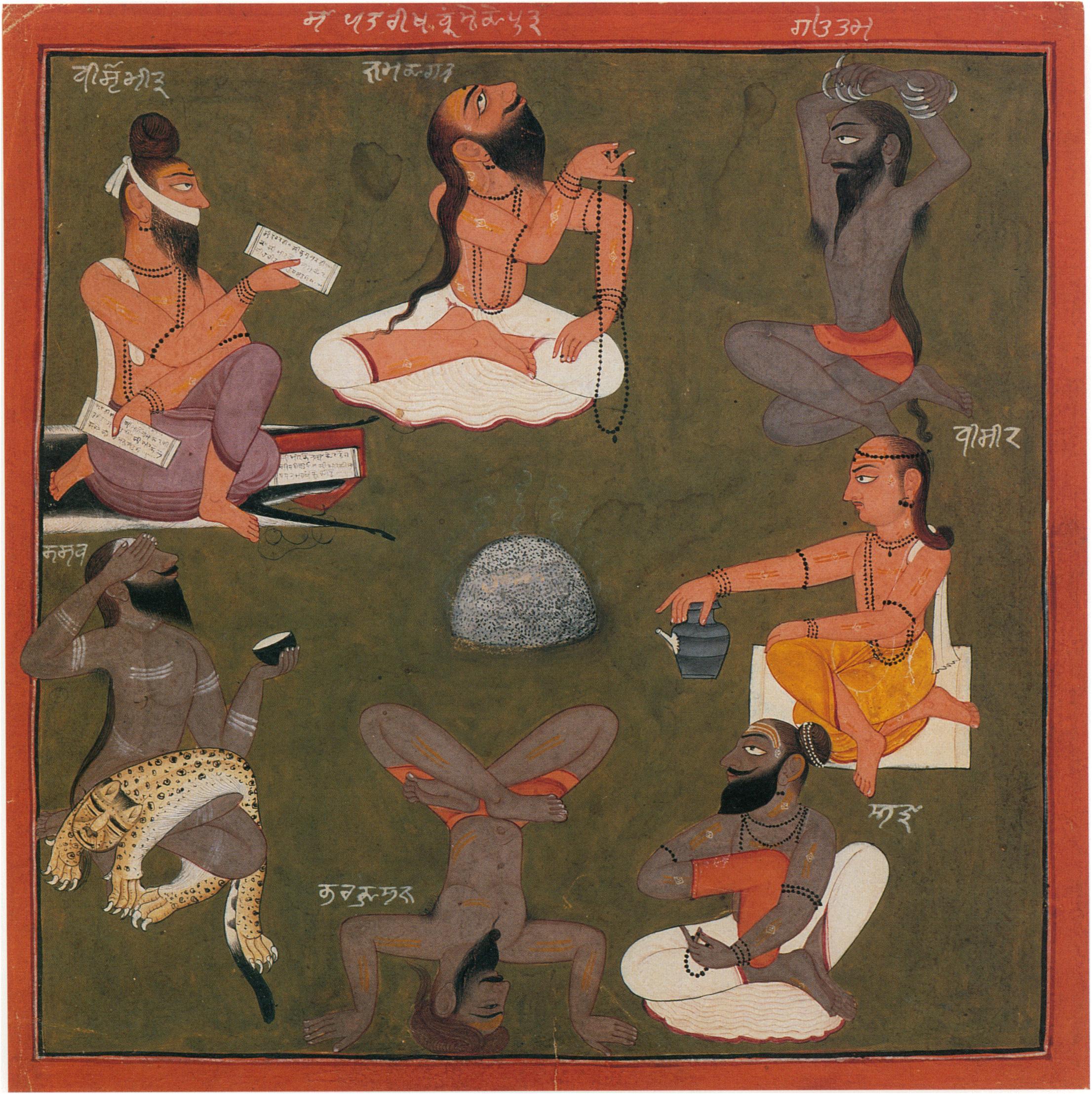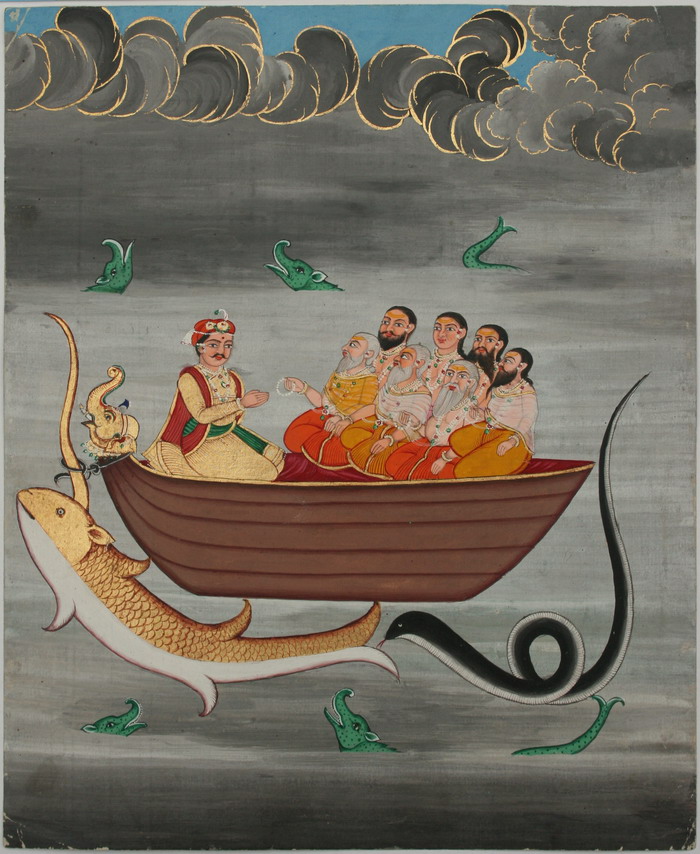|
Melakartha
Mēḷakartā is a collection of fundamental musical scales (ragas) in Carnatic music (South Indian classical music). ''Mēḷakartā'' ragas are parent ragas (hence known as ''janaka'' ragas) from which other ragas may be derived. A ''melakarta'' raga is sometimes referred as ''mela'', ''karta'' or ''sampurna'' as well, though the latter usage is inaccurate, as a ''sampurna'' raga need not be a ''melakarta'' (take the raga ''Bhairavi,'' for example). In Hindustani music the ''thaat'' is the rough equivalent of ''Melakartā''. There are 10 ''thaats'' in Hindustani music, though the commonly accepted ''melakarta'' scheme has 72 ragas. Rules for ''Mēḷakarta'' ragas Ragas must contain the following characteristics to be considered ''Melakarta'': *They are '' sampurna ragas'' – they contain all seven ''swaras'' (notes) of the octave in both ascending and descending scale.''Ragas in Carnatic music'' by Dr. S. Bhagyalekshmy, Pub. 1990, CBH Publications''A practical course in Car ... [...More Info...] [...Related Items...] OR: [Wikipedia] [Google] [Baidu] [Amazon] |
Raga
A raga ( ; , ; ) is a melodic framework for improvisation in Indian classical music akin to a musical mode, melodic mode. It is central to classical Indian music. Each raga consists of an array of melodic structures with musical motifs; and, from the perspective of the Indian tradition, the resulting music has the ability to "colour the mind" as it engages the emotions of the audience. Each raga provides the musician with a musical framework within which to improvise. Improvisation by the musician involves creating sequences of notes allowed by the raga in keeping with rules specific to the raga. Ragas range from small ragas like Bahar (raga), Bahar and Sahana (raga), Sahana that are not much more than songs to big ragas like Malkauns, Darbari and Yaman (raga), Yaman, which have great scope for improvisation and for which performances can last over an hour. Ragas may change over time, with an example being Marwa (raga), Marwa, the primary development of which has been going down ... [...More Info...] [...Related Items...] OR: [Wikipedia] [Google] [Baidu] [Amazon] |
Janya
''Janya'' is a term meaning "derive". In Carnatic (South Indian) music a ''janya raga'' is one derived from one of the 72 '' melakarta'' ragas (fundamental melodic structures). ''Janya'' ragas are classified into various types based on a variety of features. ''Varja'' ragas Ragas that omit (varjyam, to omit in Sanskrit) one or more of the notes of the scale (''swaras'') of their parent ''melakarta'' raga, in the ascending or descending scale or in both, fall into this category. Different notes may be omitted from the ascending '' arohana'' and descending '' avarohana'' scale. Such scales are given the names listed below.''A practical course in Carnatic music'' by Prof. P. Sambamurthy, 15th edition published 1998, The Indian Music publishing house''Ragas in Carnatic music'' by Dr. S. Bhagyalekshmy, Pub. 1990, CBH Publications vrja a * ''Sampurna'' – 7 note scale * ''Shadava'' – 6 notes * ''Audava'' – 5 notes Since these terms are applicable both to the ascending and th ... [...More Info...] [...Related Items...] OR: [Wikipedia] [Google] [Baidu] [Amazon] |
Kanakangi
Kanakangi (pronounced kanakāngi, meaning ''the golden bodied one'') is a ragam in Carnatic music (musical scale of South Indian classical music). It is the 1st ''Melakarta'' rāgam in the 72 ''melakarta'' rāgam system of Carnatic music. It is called Kanakāmbari in the Muthuswami Dikshitar school.''Ragas in Carnatic music'' by Dr. S. Bhagyalekshmy, Pub. 1990, CBH Publications''Raganidhi'' by P. Subba Rao, Pub. 1964, The Music Academy of Madras Structure and Lakshana It is the 1st rāgam in the 1st ''chakra Indu''. The mnemonic name is ''Indu-Pa''. The mnemonic phrase is ''sa ra ga ma pa dha na''. Its ' structure (ascending and descending scale) has all ''shuddha swaras'', as follows (see ''swaras'' in Carnatic music for details on below notation and terms): * : * : (the notes are ''shuddha rishabham, shuddha gandharam, shuddha madhyamam, panchamam, shuddha dhaivatham, shuddha nishadham'') It is a ''sampurna'' rāgam – a rāgam that has all seven ''swaras'' (notes) a ... [...More Info...] [...Related Items...] OR: [Wikipedia] [Google] [Baidu] [Amazon] |
Thaat
A ''thaat'' () is a "parent scale" in North Indian or Hindustani music. It is the Hindustani equivalent of the term '' Melakartha raga'' of Carnatic music. The concept of the ''thaat'' is not exactly equivalent to the western musical scale because the primary function of a ''thaat'' is not as a tool for music composition, but rather as a basis for classification of ragas. There is not necessarily strict compliance between a raga and its parent ''thaat''; a raga said to 'belong' to a certain ''thaat'' need not allow all the notes of the ''thaat'', and might allow other notes. ''Thaats'' are generally accepted to be heptatonic by definition. The term ''thaat'' is also used to refer to the frets of stringed instruments like the sitar and the veena. It is also used to denote the posture adopted by a Kathak dancer at the beginning of their performance. History The modern ''thaat'' system was created by Vishnu Narayan Bhatkhande (1860–1936), an influential musicologist ... [...More Info...] [...Related Items...] OR: [Wikipedia] [Google] [Baidu] [Amazon] |
Melakarta
Mēḷakartā is a collection of fundamental musical scales ( ragas) in Carnatic music (South Indian classical music). ''Mēḷakartā'' ragas are parent ragas (hence known as ''janaka'' ragas) from which other ragas may be derived. A ''melakarta'' raga is sometimes referred as ''mela'', ''karta'' or ''sampurna'' as well, though the latter usage is inaccurate, as a ''sampurna'' raga need not be a ''melakarta'' (take the raga ''Bhairavi,'' for example). In Hindustani music the '' thaat'' is the rough equivalent of ''Melakartā''. There are 10 ''thaats'' in Hindustani music, though the commonly accepted ''melakarta'' scheme has 72 ragas. Rules for ''Mēḷakarta'' ragas Ragas must contain the following characteristics to be considered ''Melakarta'': *They are '' sampurna ragas'' – they contain all seven '' swaras'' (notes) of the octave in both ascending and descending scale.''Ragas in Carnatic music'' by Dr. S. Bhagyalekshmy, Pub. 1990, CBH Publications''A practical course i ... [...More Info...] [...Related Items...] OR: [Wikipedia] [Google] [Baidu] [Amazon] |
Ādityas
In Hinduism, Adityas ( ) refers to a group of major solar deities, who are the offspring of the goddess Aditi. The name ''Aditya'', in the singular, is taken to refer to the solar deity, sun god Surya. Generally, Adityas are twelve in number and consist of Vivasvan (Surya), Aryaman, Tvashtr, Savitr, Bhaga, Dhatr, Mitra (Hindu god), Mitra, Varuna, Amsha, Pushan, Indra and Vishnu (in the form of Vamana). They appear in the ''Rig Veda'', where they are 6–8 in number, all male. The number increases to 12 in the ''Brahmanas''. The Mahabharata and the ''Puranas'' mention the sage Kashyapa as their father. In each month of the year a different Aditya is said to shine. Sun worship Characterisation The Aditya have been described in the Rig Veda as bright and pure as streams of water, free from all guile and falsehood, blameless, perfect. This class of deities has been seen as upholding the movables and immovable Dharma. Adityas are beneficent gods who act as protectors of all ... [...More Info...] [...Related Items...] OR: [Wikipedia] [Google] [Baidu] [Amazon] |
Rudra
Rudra (/ ɾud̪ɾə/; ) is a Rigvedic deity associated with Shiva, the wind or storms, Vayu, medicine, and the hunt. One translation of the name is 'the roarer'. In the ''Rigveda'', Rudra is praised as the "mightiest of the mighty". Rudra means "who eradicates problems from their roots". Depending upon the period, the name Rudra can be interpreted as 'the most severe roarer/howler' or 'the most frightening one'. This name appears in the Shiva Sahasranama, and R. K. Sharma notes that it is often used as a name of Shiva in later languages. The " Shri Rudram" hymn from the ''Yajurveda'' is dedicated to Rudra and is important in the Shaivite sect.For an overview of the Śatarudriya see: . In the Prathama Anuvaka of Namakam ( Taittiriya Samhita 4.5), Rudra is revered as Sadasiva (meaning 'mighty Shiva') and Mahadeva. Sadashiva is the Supreme Being, Paramashiva, in the Siddhanta sect of Shaivism. Etymology The etymology of the theonym ''Rudra'' is uncertain.. It is usual ... [...More Info...] [...Related Items...] OR: [Wikipedia] [Google] [Baidu] [Amazon] |
Brahma
Brahma (, ) is a Hindu god, referred to as "the Creator" within the Trimurti, the triple deity, trinity of Para Brahman, supreme divinity that includes Vishnu and Shiva.Jan Gonda (1969)The Hindu Trinity, Anthropos, Bd 63/64, H 1/2, pp. 212–226.Jan Gonda (1969)The Hindu Trinity, Anthropos, Bd 63/64, H 1/2, pp. 218–219. He is associated with creation, knowledge, and the ''Vedas''. Brahma is prominently mentioned in Creation myth, creation legends. In some ''Puranas'', he created himself in a golden embryo known as the Hiranyagarbha. Brahma is frequently identified with the Rigvedic deities, Vedic god Prajapati.;David Leeming (2005), The Oxford Companion to World Mythology, Oxford University Press, , page 54, Quote: "Especially in the Vedanta Hindu Philosophy, Brahman is the Absolute. In the Upanishads, Brahman becomes the eternal first cause, present everywhere and nowhere, always and never. Brahman can be incarnated in Brahma, in Vishnu, in Shiva. To put it another way, eve ... [...More Info...] [...Related Items...] OR: [Wikipedia] [Google] [Baidu] [Amazon] |
Vasu
The Vasus () are a group of deities in Hinduism associated with fire and light. They are described as the attendant deities of Indra, and later Vishnu. Generally numbering eight and classified as the Ashtavasu, they are described in the Ramayana as the children of Kashyapa and Aditi, and in the Mahabharata as the sons of Manu or Dharma and a daughter of Daksha named Vasu. They are eight among the thirty-three gods featured in the Vedas. Etymology The Sanskrit term ''Vasu''(s) is translated as the "bright ones". List There are varying lists of the eight Vasus in different texts, sometimes only because particular deities have varying names. The following are names and meanings according to the Brihadaranyaka Upanishad, Manava Purana, and according to the Mahabharata, as normally equated: Though the '' Shatapatha Brahmana'' uses the '' Brhad-Aranyaka'' names, most later texts follow the ''Mahabharata'' names with the exception that Āpa 'water' usually appears in place of Ah ... [...More Info...] [...Related Items...] OR: [Wikipedia] [Google] [Baidu] [Amazon] |
Saptarishi
The Saptarshi ( ) are the seven seers of ancient India who are extolled in the Vedas, and other Hindu literature such as the Skanda Purana. The Vedic Samhitas never enumerate these rishis by name, although later Vedic texts such as the Brahmanas and Upanisads do, so these constellations are easily recognizable. Hindu sacred text An early prototype of the "Saptarishi" concept may stem from the six families associated with the six "Family Books" in the Rigveda Samhita (Mandalas 2–7 in ascending order: Gṛtsamāda, Viśvāmitra, Vāmadeva, Atri, Bharadvaja, Vasiṣṭha). While not a "Family Book", Mandala 8 is mostly attributed to Kaṇva, who could be considered the 7th prototypical Saptarishi. The earliest formal list of the seven rishis is given by Jaiminiya Brahmana 2.218–221: Agastya, Atri, Bhardwaja, Gautama, Jamadagni, Vashistha, and Vishvamitra followed by Brihadaranyaka Upanisad 2.2.6 with a slightly different list: Atri, Bharadvaja, Gautama ... [...More Info...] [...Related Items...] OR: [Wikipedia] [Google] [Baidu] [Amazon] |
Rishi
In Indian religions, a ''rishi'' ( ) is an accomplished and enlightened person. They find mention in various Vedic texts. Rishis are believed to have composed hymns of the Vedas. The Post-Vedic tradition of Hinduism regards the rishis as "great yogis" or "sages" who after intense meditation (Tapas (Sanskrit), tapas) realized the supreme truth and eternal knowledge, which they composed into hymns.Hartmut Scharfe (2002), Handbook of Oriental Studies, BRILL Academic, , pp. 13–15. The term appears in Pali literature as Ishi; in Buddhism they can be either Buddhas, Pratyekabuddha, Paccekabuddhas, Arhat, Arahats or a Buddhist monasticism, monk of high rank. Etymology According to Indian tradition, the word may be derived from two different meanings of the root 'rsh' (). Sanskrit grammarians derive this word from the second meaning: "to go, to move". V. S. Apte gives this particular meaning and derivation, and Monier-Williams also gives the same, with some qualification. Another ... [...More Info...] [...Related Items...] OR: [Wikipedia] [Google] [Baidu] [Amazon] |
Ritu (Indian Season)
Ritu () means "season" in different ancient Indian calendars used in India, Bangladesh, Nepal and Sri Lanka. There are six ritus (also transliterated ritu) or seasons. Seasons are different times of the year and there are 12 months in the year. Every month has its own special season. The word is derived from the Vedic Sanskrit word Ṛtú, a fixed or appointed time, especially the proper time for sacrifice (yajna) or ritual in Vedic religion; this in turn comes from the word Ṛta (ऋत), as used in Vedic Sanskrit literally means the "order or course of things". This word is used in nearly all Indian languages. Nepalese and Indian calendars Nepal and India observes six ecological seasons. East Indian calendars East Indian calendars (Bengali, Assamese, Odia and Mithila) start their new year on Mesh Sankranti. The season names corresponds to the Sanskrit Vasanta, Grishma, Varsha, Sharada, Hemanta, Shishira order. The Bengali Calendar is similar to the Sanskrit calendar ab ... [...More Info...] [...Related Items...] OR: [Wikipedia] [Google] [Baidu] [Amazon] |






